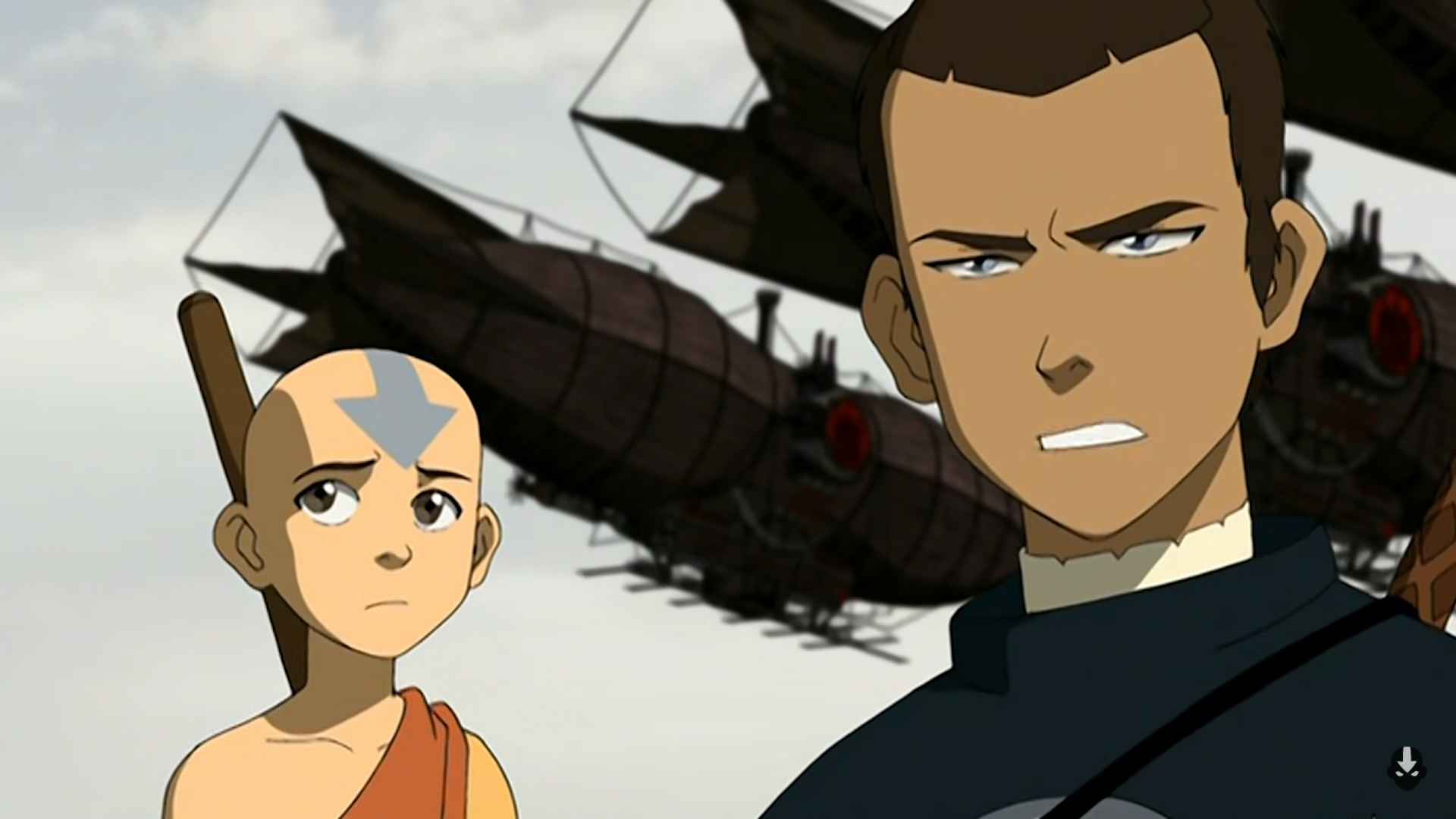Table of Contents Show
It’s no secret that Avatar: The Last Airbender is a well-respected and much-loved cartoon that has only gotten more popular during the fifteen years since its pilot. Aang, the fun-loving protagonist and talented airbender, launches the story into the hearts of its audience. Prince Zuko exemplifies talented firebending and provides a template for the perfect redemption arc. Katara and Toph, masters of water and earth, respectively, serve as stellar representations of powerful women in media — each in their own way. With so many talented benders to adore, it can sometimes be easy to forget one important non-bender, who is nevertheless integral to the success of Team Avatar: Sokka.
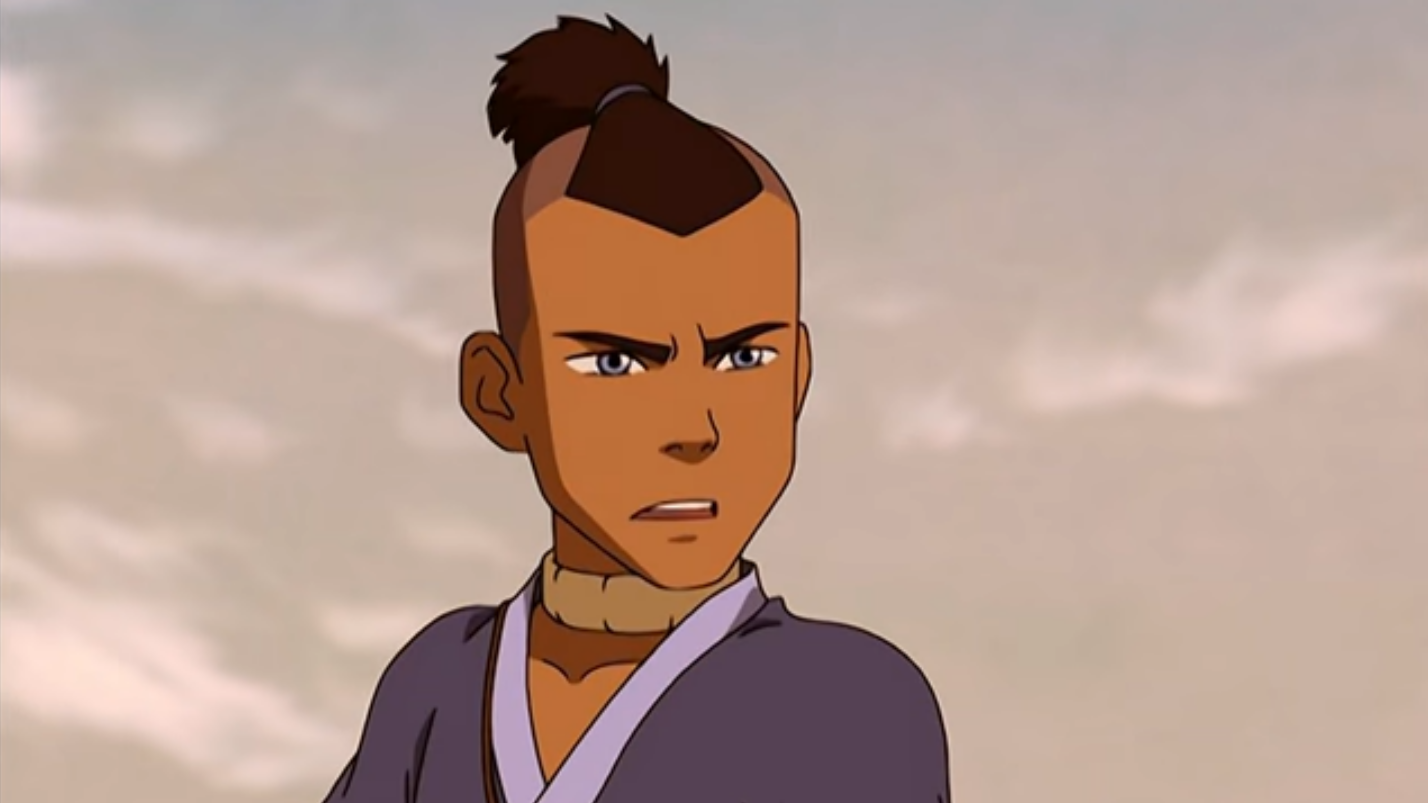
As the only non-bender of the group, Sokka often gets the short end of the stick, from getting one-upped in fights where he is at a natural disadvantage to being counted as less than one person because of his non-bending. It doesn’t help that he also happens to be the comic relief character in the cast, meaning that he often ends up as the subject of most of them due to his vast array of jokes. He is also skeptical, pessimistic, and, at the beginning of the series, sexist.
With so many negative qualities tipping the scale-out of Sokka’s favor, it’s easy to overlook him as a solid character. But as simple as it would be to write him off, ATLA makes good use of what could have been a one-note comedic relief sidekick, instead creating a multi-dimensional character who becomes a force to be reckoned with in his own right. Sokka’s many flaws and disadvantages are the very traits that give him room to grow, making him the most underrated character in the ATLA series.
Book One: Masculinity And Adaptability
At the beginning of the first season, Sokka is a non-bender trying to protect his hometown, a position that puts a lot of pressure on his shoulders. Since literally all of the men in the Southern Water Tribe have gone to fight in the war, Sokka is left to singlehandedly defend his home and raise the next generation of warriors — who are far more concerned with potty breaks than fighting wars.
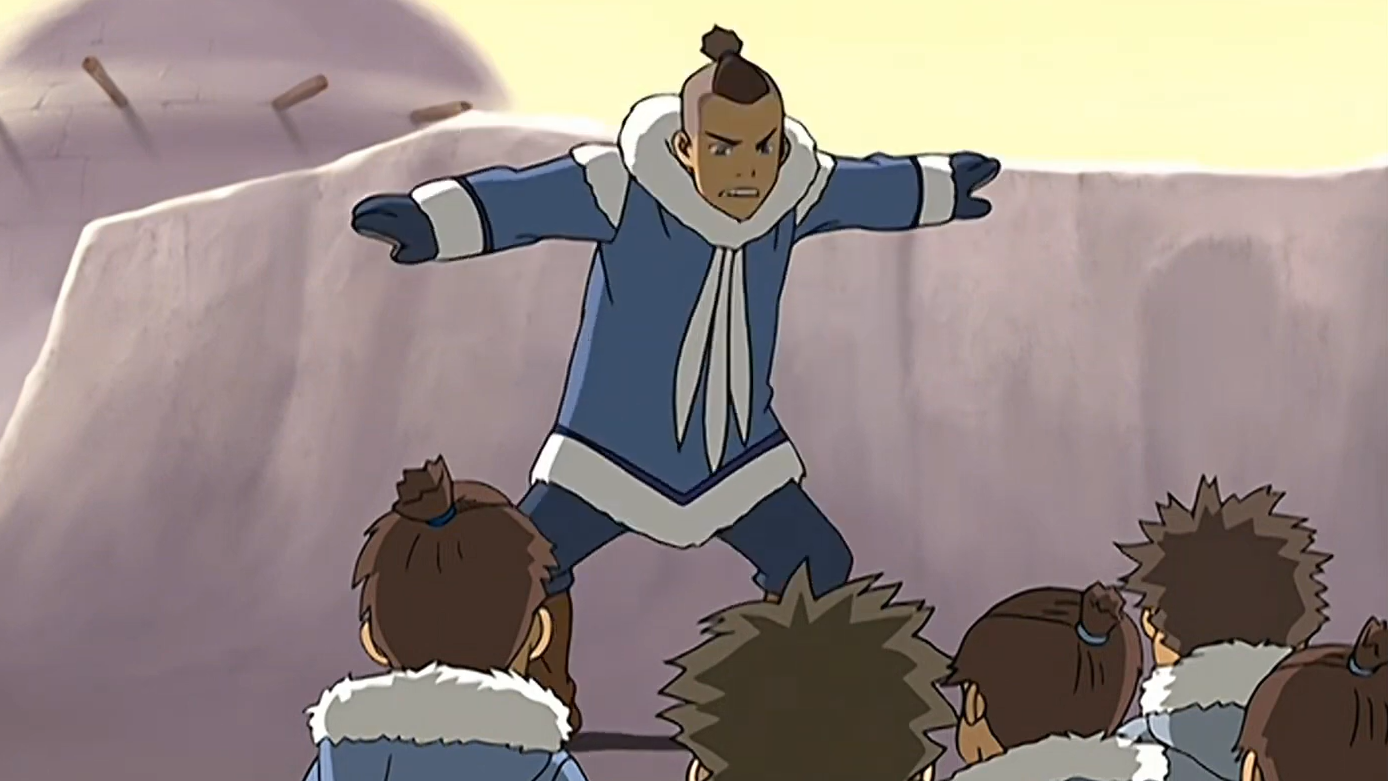
This amount of pressure and self-imposed expectation leads Sokka to have a sexist attitude. He is hyper-focused on his role as a man, and when his perception is challenged by his sister Katara, he is quick to write her off or ignore her. To him, being a man means leading, hunting, fighting, and protecting, all of which are difficult for him to accomplish in his tiny village.
What It Means To Be A Man
Sokka views the world through the lens of what it means to be a man, which, at the beginning of his journey, is a narrow and simplistic worldview: women cook and clean, and men fight and protect. But this mindset does come from an understandable place. When Sokka was still very young, he wanted to join his father in fighting against the Fire Nation and prove himself as a man. But, because he was too young to fight, his father Hakoda left him behind, which instilled in him a feeling of inadequacy — that he is less than a man.
Hakoda: “Being a man is knowing where you’re needed the most. And for you, right now, that’s here protecting your sister.”
Sokka: “I don’t understand.”
Hakoda: “Someday you will.”
Avatar: The Last Airbender (( “Bato of the Water Tribe.” Avatar: The Last Airbender. 2005-2008. Nickelodeon. ))
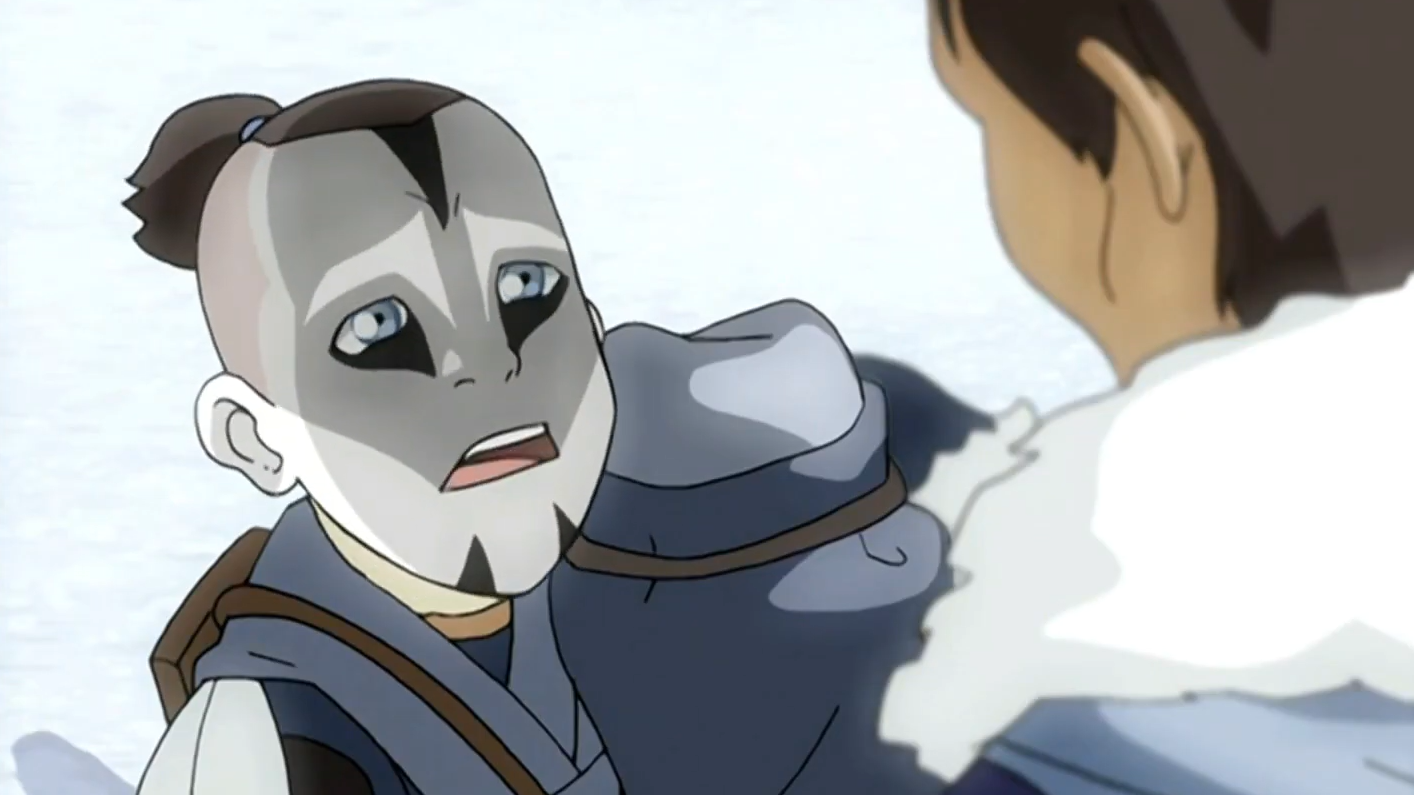
In contrast to his sexist mindset, Sokka is extremely logical. His reliance on cold, hard facts often leads him into the realm of skepticism and pessimism, even going so far as to become greatly annoyed and sometimes enraged by the illogical actions of others. And he is, above all, adaptable. When his worldview is irrevocably challenged, his sensible side adjusts to make the proper changes. This is a side to Sokka that his father is probably referring to when he says that someday he will understand what it means to be a man — he is smart and adaptable enough to figure it out in due time.
Suki
It isn’t long into Team Avatar’s journey across the world before Sokka butts heads against a living, breathing challenge to his ideology. When the Gaang arrives on Kyoshi Island, they are ambushed by a group of elite warriors — all of whom are women. Sokka’s pride is significantly bruised, having been thoroughly bested by the leader of the warriors, Suki.
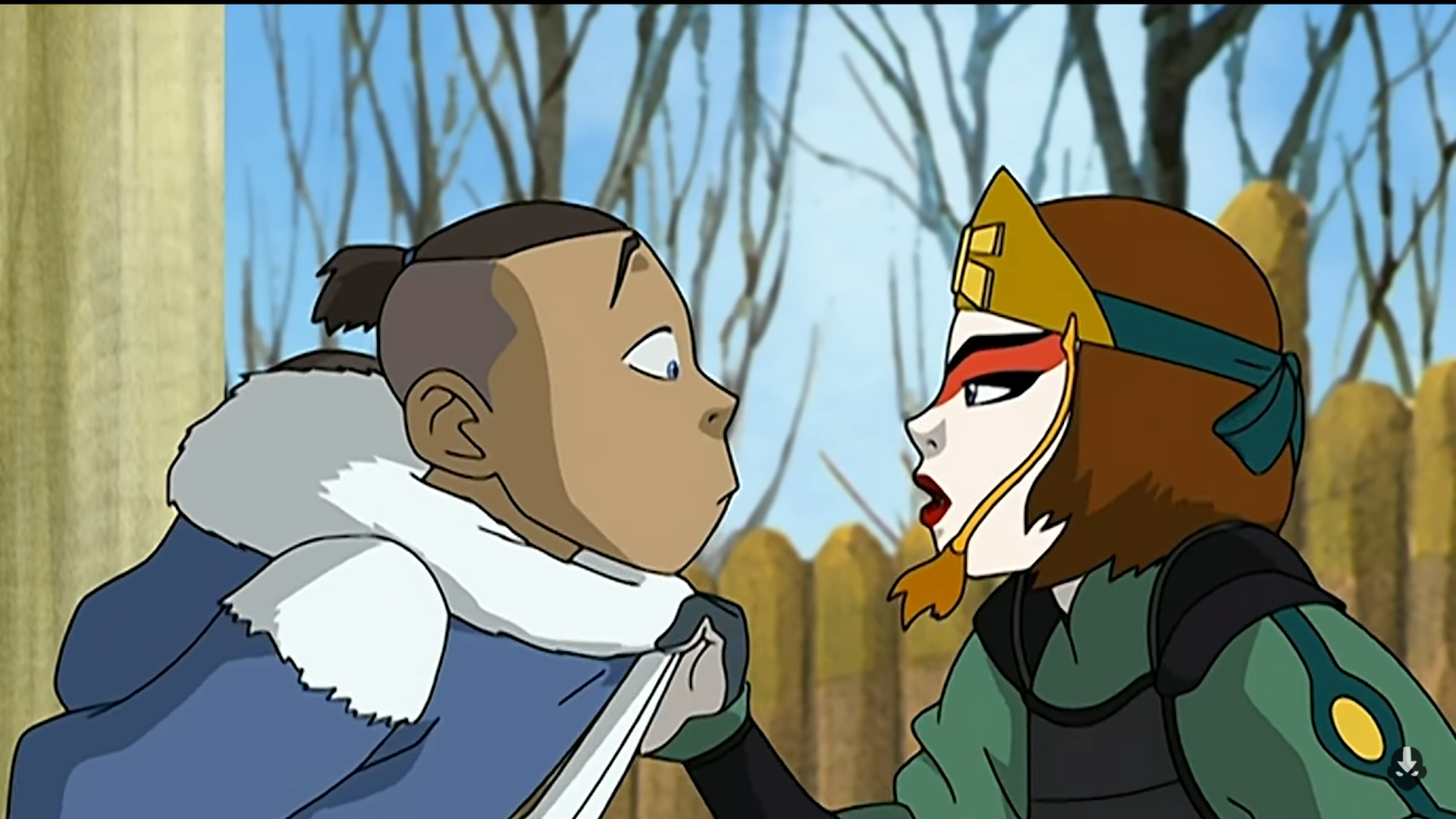
After a quick bout of pouting, Sokka is forced to realize the flaws in his sexist mindset. He works quickly to correct them, even going so far as to wear the traditional make-up of the Kyoshi Warriors as he trains with Suki.
Sokka: “I owe you an apology…I treated you like a girl when I should have treated you like a warrior.”
Suki: “I am a warrior. But I’m a girl too.”
Avatar: The Last Airbender (( “The Kyoshi Warriors.” Avatar: the Last Airbender. 2005-2008. Nickelodeon. ))
Luckily, Suki isn’t the type to hold grudges, and she finds Sokka’s humor and willingness to learn charming. The two share a brief romantic moment that later blossoms into a healthy relationship, and throughout the series (and especially in Book Three), they continue learning from each other.
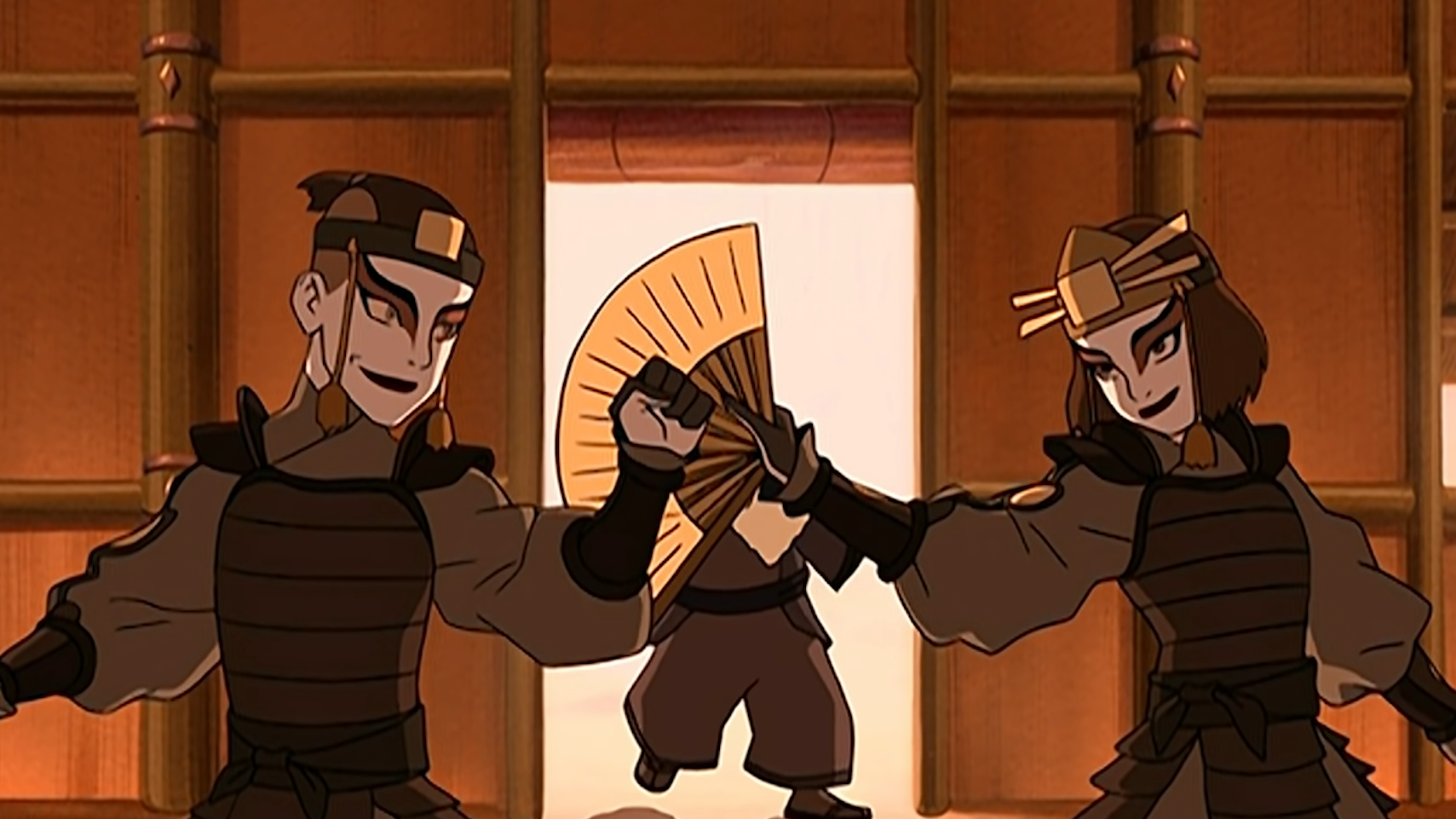
Training with Suki becomes the building block for Sokka’s collection of fighting styles from different nations. As a testament to his adaptability, he learns the basics of the Kyoshi Warrior fighting style quickly, adding it to his Water Tribe training involving his trusty boomerang. Later, he adds Fire Nation swordsmanship to his growing list of weapons expertise.
Undoubtedly, Sokka’s ability to gradually change his way of thinking to follow new and logical information makes his life easier. The abandonment of his sexist thinking allows him to build healthier relationships with the women in his life, including his sister — and his most tragic romantic encounter, that of Yue.
Yue
Along with Sokka’s versatility comes a certain amount of maturity when the situation calls for it. Even though Sokka is a consistently comedic character — and, at some level, because he is a comedic character — the already hard-hitting moments hit harder.
Upon the Gaang’s arrival at the Northern Water Tribe, Sokka falls head over heels for Princess Yue. Though she feels the same way for him, their relationship ends before it can even begin; Yue is engaged as part of an arranged marriage, and a surprise attack from the Fire Nation threatens to destroy the entire Northern Water Tribe. To say that the timing wasn’t right would be an understatement.
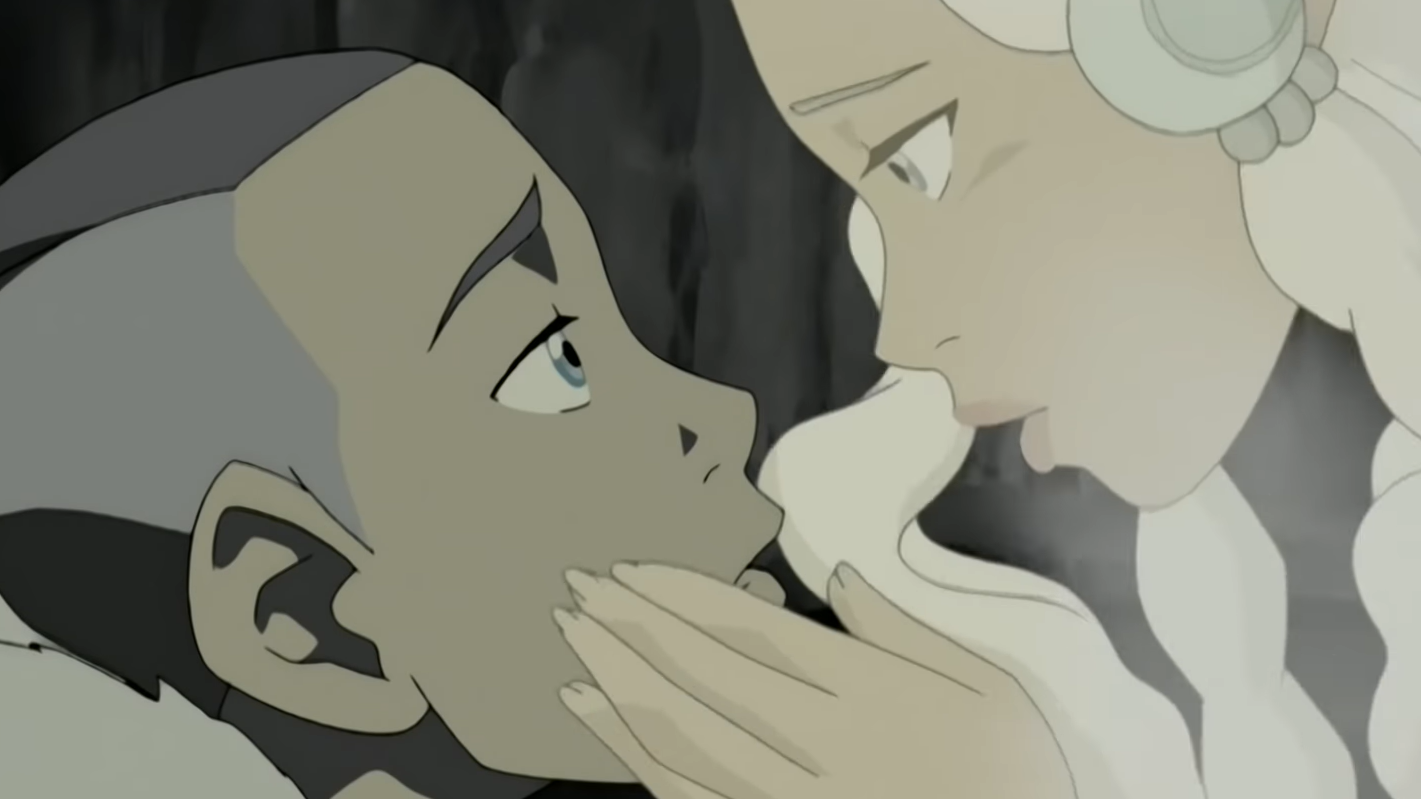
When Yue chooses to become the Moon spirit to save her people, it is obvious that the two will never be together. Even though their romance was short-lived, Yue’s sacrifice stays with Sokka for years to come. And, while he is now well aware that not all women need protection, he is a protector at heart and considers the loss of Yue a personal failing of his. Depending on how you look at it, Yue’s final words can be either comforting or haunting.
“Good-bye, Sokka. I will always be with you.”
Yue (( “The Siege of the North, Pt. 2.” Avatar: The Last Airbender. 2005-2008. Nickelodeon. ))
Yet, because of Sokka’s natural ability to adapt, he moves on from the tragedy — not without trauma, but with a level head and an added dose of maturity. After all, Sokka has grown enough to realize that women have their own agency and to recognize that this was Yue’s own decision and not his fault.
Book Two: Creative Intelligence
Though Sokka regularly shows his silly side, complete with funny facial expressions and over-the-top reactions, his intelligence is also on full display. His rational thinking saves the day time after time, from smaller saves like using his detective skills to nearly exonerate Aang from a murder charge to bigger-picture battle plans.
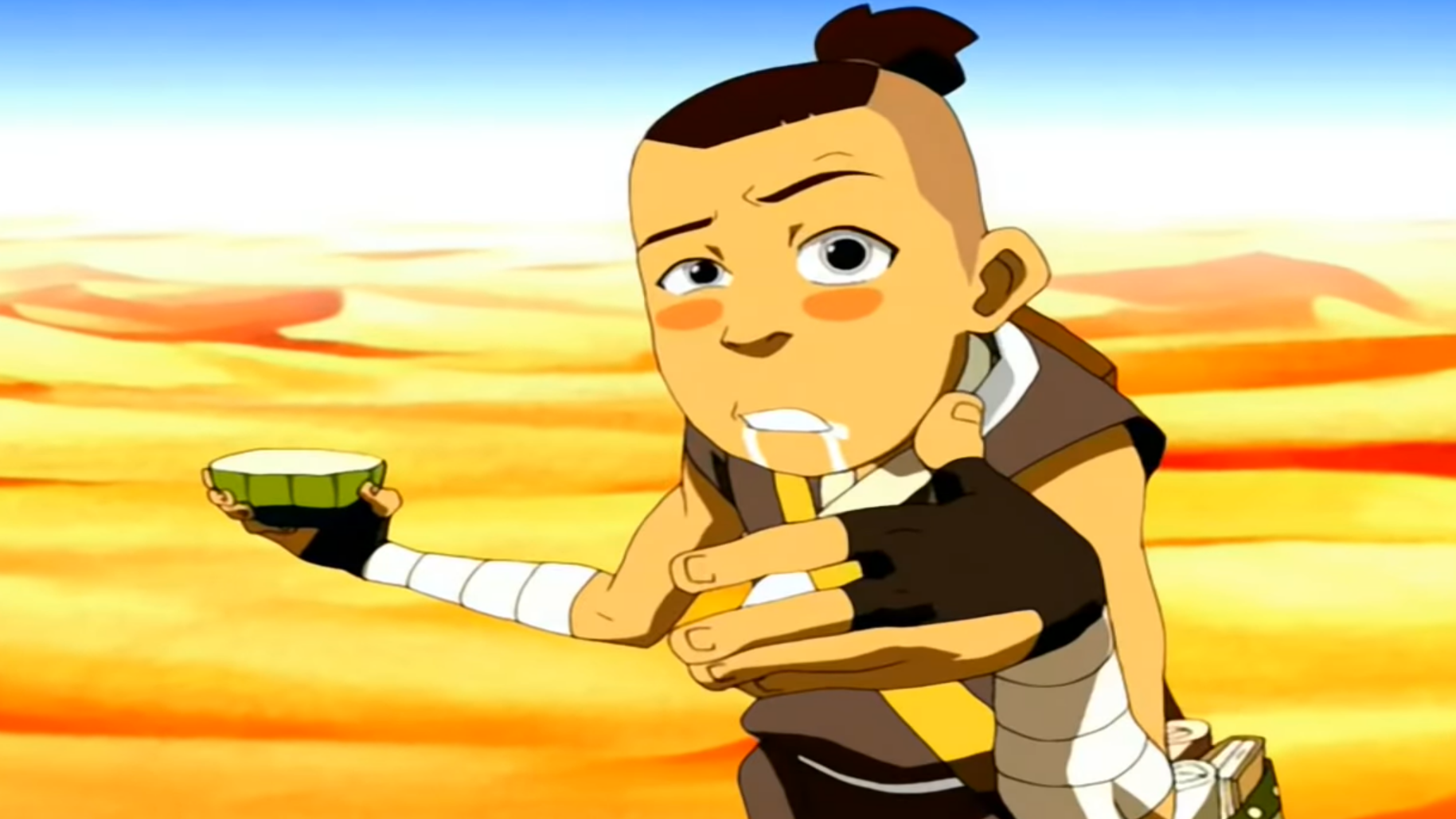
“The Drill”
One aspect of Sokka’s intelligence is the creative element of his mind. He is not your typical intellect — one day, he might be drinking hallucinogenic cactus juice and licking random caves to satisfy his “natural curiosity” (( “The Desert.” Avatar: The Last Airbender. 2005-2008. Nickelodeon. )) and the next he’ll be inventing hot air balloons and submarines. When presented with a problem, his answer tends to be the most logical while also being the strangest. Simply put, Sokka is dumb but in a smart way.
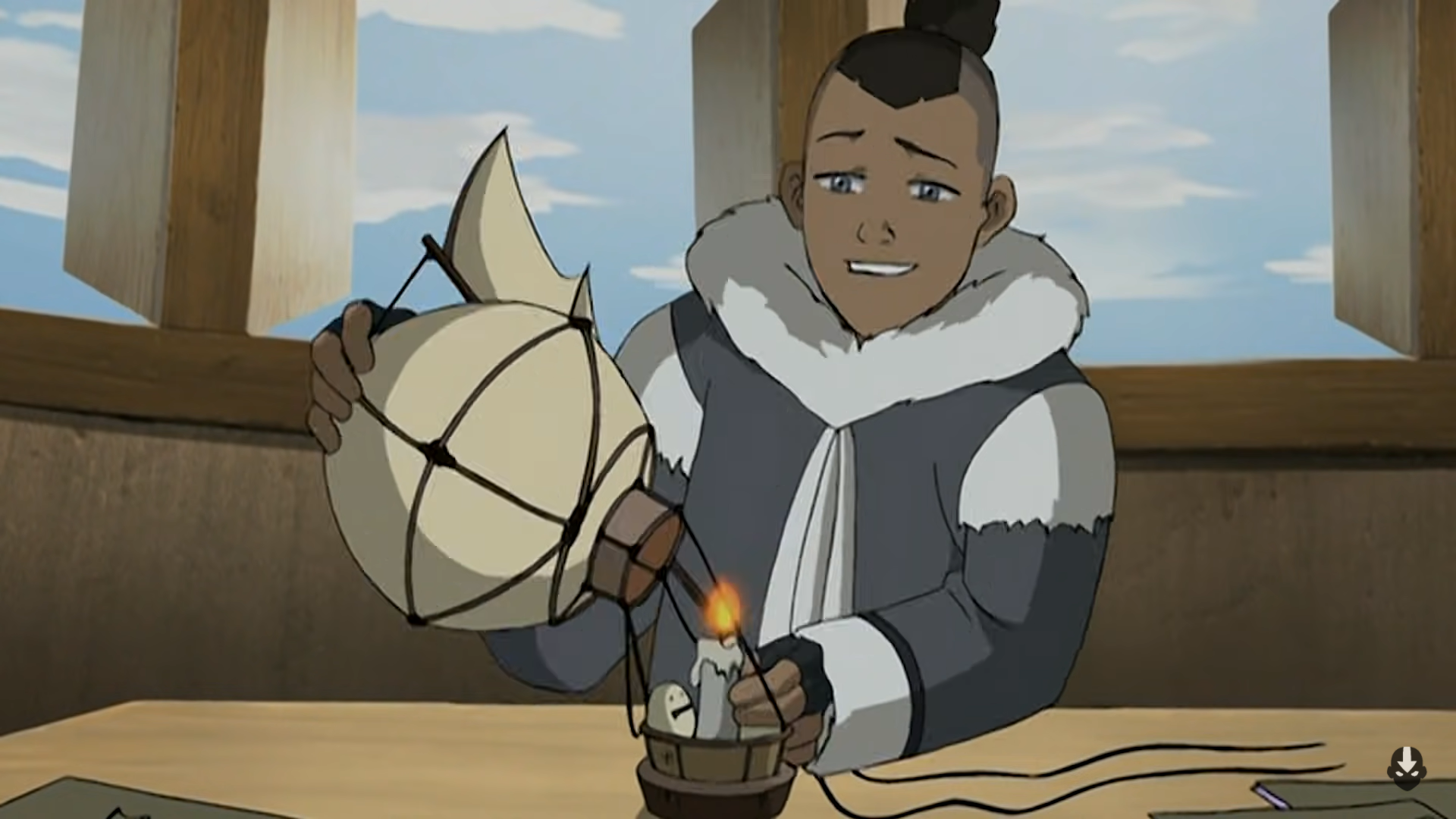
Sokka’s strategies and planning, not to mention his non-bending fighting capabilities, allow him to go toe-to-toe with powerful benders. In Book Two, during Azula’s siege on the wall of Ba Sing Se, Sokka is instrumental in taking down the Fire Nation’s giant drill. After watching Fire Nation circus performer Ty Lee’s chi blocking capabilities in action, he applies this same strategy to take down the drill from the inside, using its pressure points.
“The Library”
One of Sokka’s brightest moments comes when the Gaang is searching the legendary Spirit Library beneath the desert for a way to gain an advantage over the Fire Nation. After hearing only a passing mention of the “darkest day in Fire Nation history,” (( “The Library.” Avatar: The Last Airbender. 2005-2008. Nickelodeon. )) Sokka’s natural curiosity kicks in, despite the danger of looking for more information.
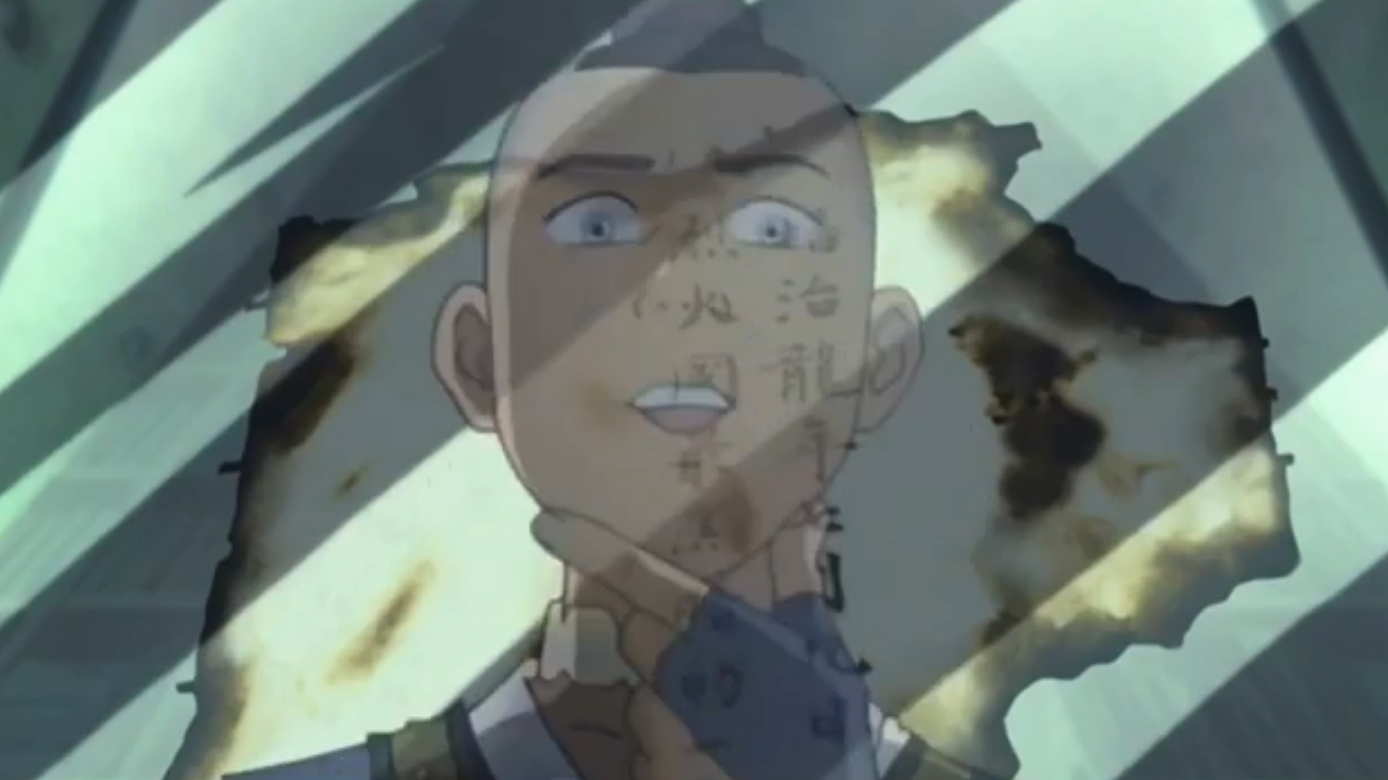
His curiosity pays off when he discovers that the darkest day in Fire Nation history refers to a solar eclipse, which is only months away. He dubs this the Day of the Black Sun and pitches a plan to attack the Fire Nation capital when their bending is at its weakest. (It is interesting and heartbreaking to note that the solar eclipse happens when the sun is hidden behind the moon, making the Day of the Black Sun a gift from Yue.) Though the way in which Sokka reaches his conclusions is unorthodox, the results speak for themselves.
Book Three: Growth And Perseverance
Despite holding his own against and alongside powerful benders, Sokka becomes discouraged in Book Three, for the first time admitting that he feels like the “normal” one of the group. He ends up seeking a swordsmanship master, Piandao, who helps him see that, while he is not a conventionally strong warrior, his strengths are unique and no less important.
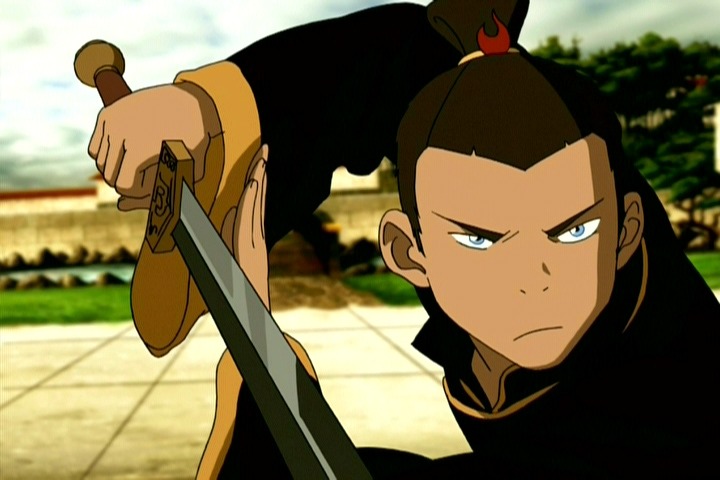
“I saw something in you right away. I saw a heart as strong as a lion turtle and twice as big. And as we trained, it wasn’t your skills that impressed me…You showed me something beyond that. Creativity. Versatility. Intelligence. These are the traits that define a great swordsman. And these are the traits that define you.”
Piandao (( “Sokka’s Master.” Avatar: The Last Airbender. 2008. Nickelodeon. ))
Sokka has always been creative in his intelligence, a combination that at first comes off as silly — even under the intense supervision of Piandao, instead of practicing conventional calligraphy, he paints his face and then smashes it into the parchment in order to put his “identity on the page.” (( “Sokka’s Master.” Avatar: The Last Airbender. 2008. Nickelodeon. )) But time and time again, Sokka’s unique form of creativity allows him to grow into an even more important and useful member of Team Avatar, despite constant ridicule. And he is an even more powerful character when he perseveres through hardship and recognizes the depth of his potential.
“The Day Of The Black Sun”
When the Day of the Black Sun finally nears, Sokka becomes flustered with the pressure of leading the attack. It takes being in the thick of the fighting and having to come up with plans on the fly to jolt him back into his sense of confidence. Nevertheless, the Day of the Black Sun ends in tragedy — most of the Gaang’s friends, allies, and family are taken captive, leaving only the youngest of their group to escape.
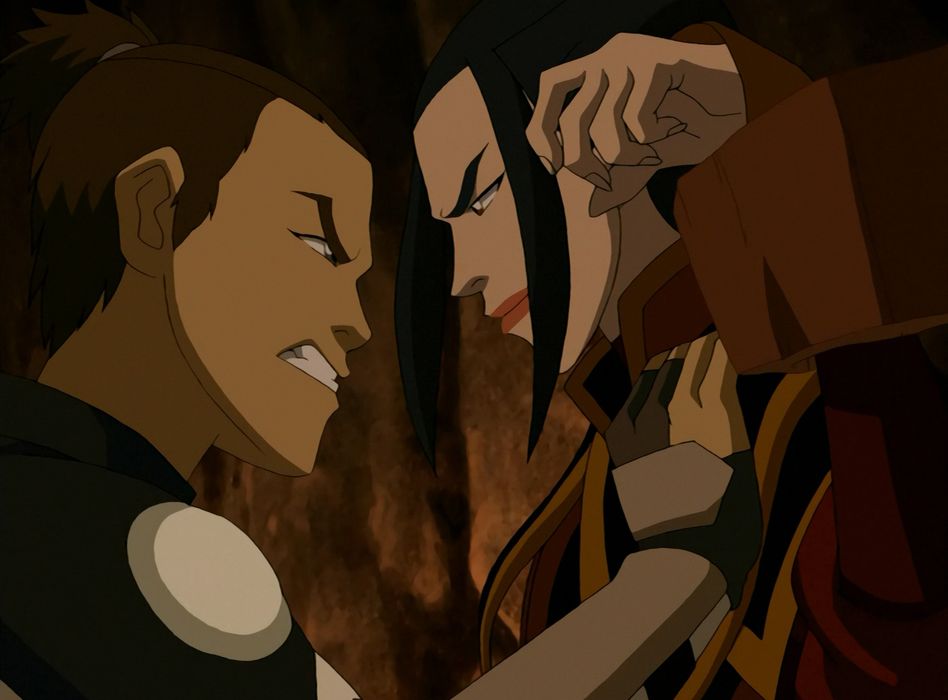
Again, Sokka sees this as a personal failing and attempts to regain his honor by finding his imprisoned father. With the unlikely help of Zuko, who assures him that failing, again and again, does not warrant quitting, Sokka eventually finds the determination to keep fighting for the safety of his loved ones and the world in the niche ways that he can. By the time Book Three picks up steam, Sokka has settled into a role of reliable support for Team Avatar. While a younger Sokka’s sexism would have thwarted him from smoothing over relations between Katara and Toph, Sokka now has the tools to bring his two friends closer together by having a vulnerable talk. He is also able to apply his intelligence to the tasks at hand, gaining more confidence as his friends voice their beliefs in him.
Underestimated, But Not Unimportant
During the Gaang’s meeting with the old masters in the series finale, when Iroh asks Sokka what he thinks he needs to do to help Aang save the world, Sokka responds immediately and confidently, stressing that his place is in the sky, stopping the evil Fire Lord’s airships. Sokka has become a cornerstone of the Gaang, as he is now responsible for making spur-of-the-moment plans. Thanks to his creative mind and understanding, he knows exactly where he’s needed most, demonstrating that he has become a true man by his own father’s definition.
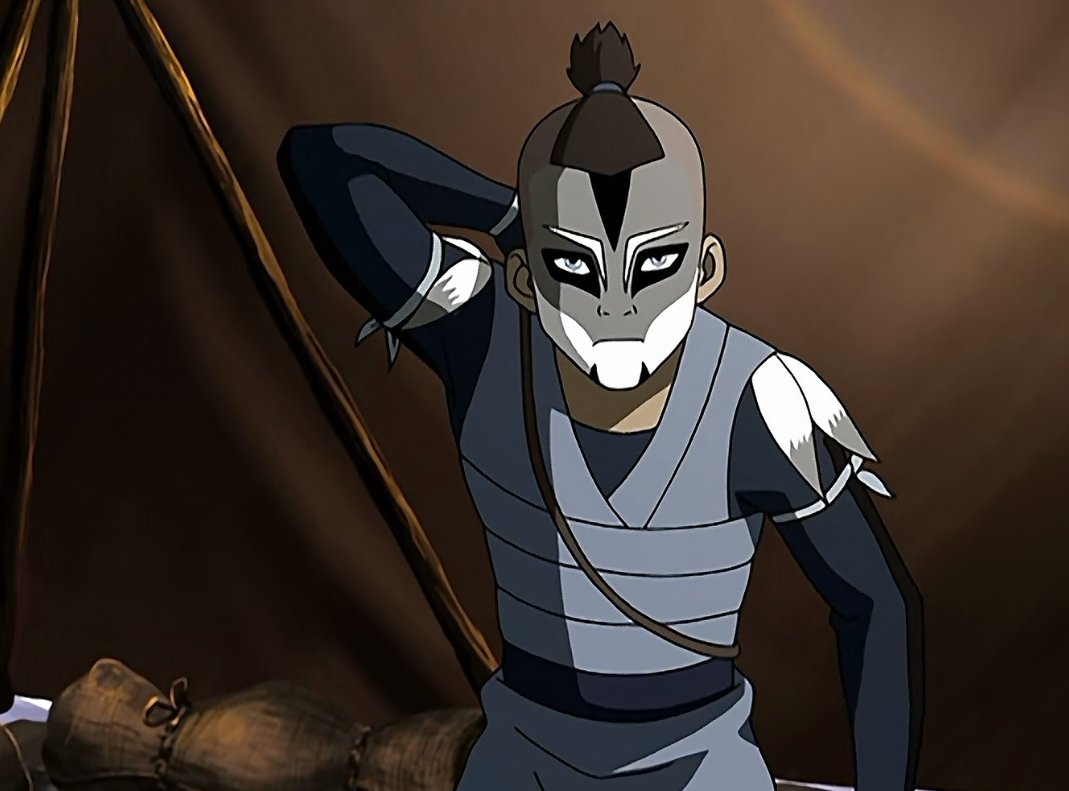
Despite being born at a disadvantage by being a non-bender, Sokka is one of the most hard-working, adaptive, creative, and intelligent characters in Avatar: The Last Airbender. He holds his own in a fight thanks to his vast collection of non-bender fighting styles from all over the world, he builds lasting relationships that help him grow and improve, and he never lets his own pessimism and self-doubt stop him from being the best he can be.
Though he is by no means a flashy fighter or a happy-go-lucky personality, Sokka embodies the fight that we all must go through at some point in our lives: rising above our own disadvantages and flaws and finding our unique strengths. With the right amount of creativity, versatility, and adaptability, we can embody the defining traits of our best selves.
